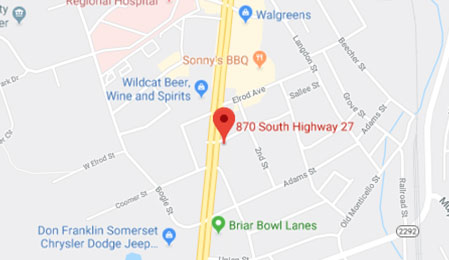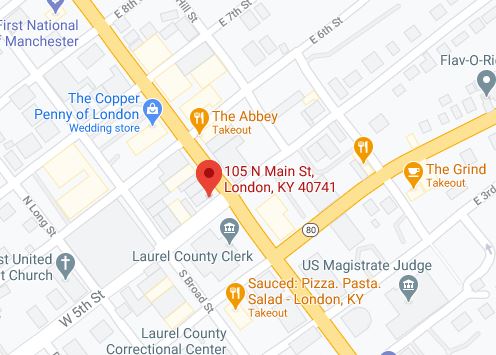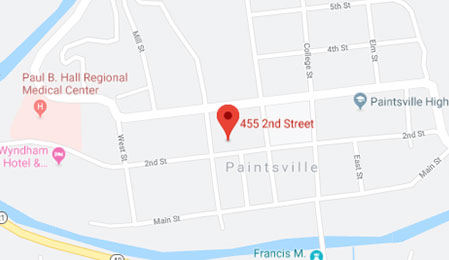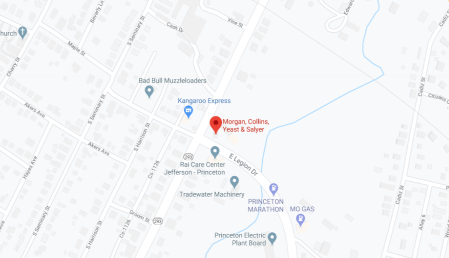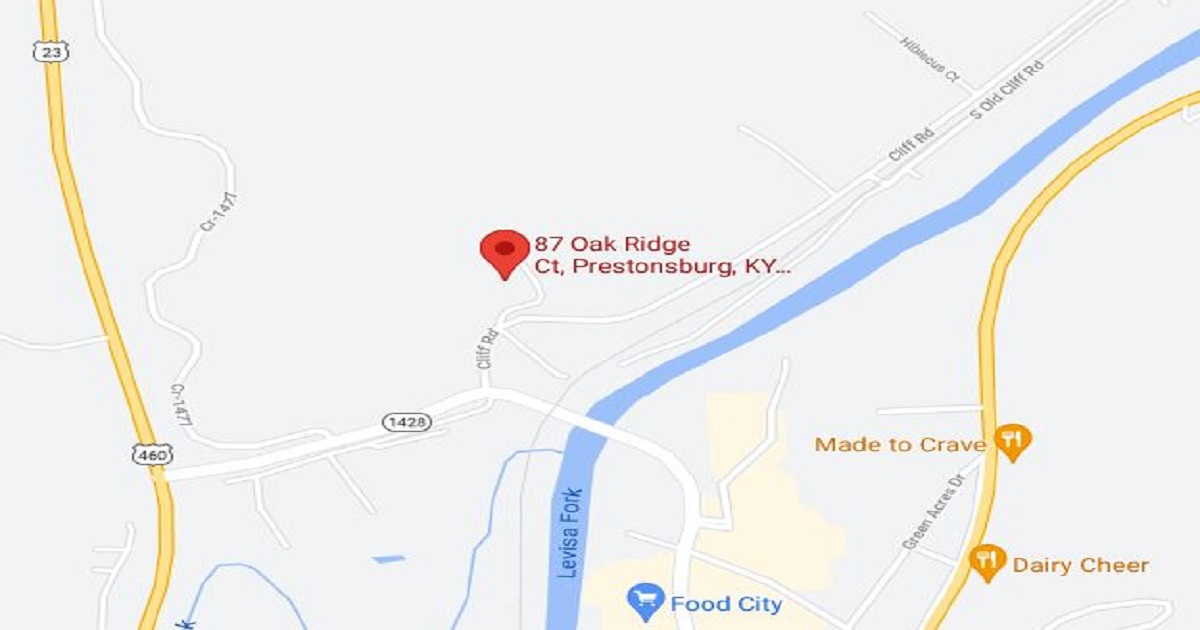
Factories in Kentucky employ approximately one of every 8 workers in the workforce, according to the National Association of Manufacturers. Factory workers are susceptible to many types of common injuries at work. Those who sustain workplace injuries may file a claim for workers’ compensation benefits, including paid medical expenses and partial replacement of lost wages.
If an employer or the employer’s insurance provider disputes a workers’ comp claim or refuses to provide workers’ compensation benefits for an eligible employee, our Kentucky Courage attorneys are ready to stand up for the injured worker.
When a factory accident shatters your Kentucky spirit and steals your paycheck, don’t let big corporations walk all over you. Morgan, Collins, Yeast & Salyer: we bleed blue just like you, and we fight relentlessly for every dollar you deserve. We’ve clawed back over $300 million for hardworking Kentuckians, and we’re ready to champion your cause. Don’t wait! Call us at 877-809-5352 or walk into our office today. We’ll stand beside you, every step of the way.
10 Common Hazards, Accidents, and Injuries in Factories (with statistics)
Here are some of the common accidents in factories and injuries our workplace injury lawyers often see when handling workers’ compensation claims for injured workers:
Machinery Accidents
Workers who operate machinery run the risk of having a body part caught in the machinery and having a limb crushed or severed. The entanglement of fingers, hands, and arms in machinery can lead to crushing injuries and loss of function. Workers working around unguarded or inadequately guarded machines suffer approximately 18,000 amputations, lacerations, crushing injuries, and abrasions, and over 800 deaths per year, according to the U.S. Department of Labor.
Slips, Trips, and Falls
Factory workers slip or trip and fall on slippery and cluttered factory floors and fall from heights, such as from ladders or platforms. Slip or trip hazards that lead to falls are the second-most common cause of workplace injury, and 20-30% result in a moderate or severe injury such as broken bones, or concussions. Fall accidents cause 15% of all workplace deaths each year. Where fall-from-height hazards exist, employers must set up the workplace to prevent factory employees from falling off of overhead platforms or elevated workstations or into holes in the floors.
Overexertion Injuries
Overexertion, whether in a single incident, such as from lifting heavy objects, or as a cumulative injury caused by repetitive tasks, can cause musculoskeletal disorders (MSDs), injuries to the muscles, nerves, ligaments, and tendons. Overexertion and bodily reaction is the second leading nonfatal injury or illness event involving days away from work, representing 22% of all such injuries. Implementing an ergonomics program – fitting the job to the person – can reduce the risk of developing musculoskeletal disorders from factory work.
Exposure to Harmful Substances
Contact with certain toxic substances can cause irritation to the skin or eyes, and respiratory illness. In 2020, exposure to harmful substances resulted in 424,360 nonfatal injuries and illnesses involving days away from work. OSHA sets enforceable exposure limits (PELs) to protect workers from the harmful effects of exposure to hazardous substances, including limits on the airborne concentrations of hazardous chemicals and requirements for appropriate personal protective equipment.
Motor Vehicle Accidents
Busy factory floors and loading docks are continually crisscrossed by forklifts and other powered industrial trucks. Forklifts are dangerous, and operators are required to have proper training and certification. It is a violation of federal law for anyone UNDER 18 years of age to operate a forklift. Operator error can lead to workers being run over or knocked down. A driver may be injured by colliding with a fixed object or by overturning the vehicle. Forklifts were the source of 70 work-related deaths in 2021 and 7,290 nonfatal injuries involving days away from work in 2020.
Burns from Fire and Explosions
The major causes of factory fires and explosions are electrical arcing or sparks from tools and machinery, ignition of gasses and chemicals, cutting and welding, smoking, and spontaneous combustion of dust. The risk of explosion increases when an improperly secured or tagged storage unit for compressed or environmental gases is used or disposed of incorrectly. Employers should train workers about fire hazards in the workplace and about what to do in a fire emergency.
Electrocution
Factory workers may suffer fatal electrical shock from exposure to a lethal amount of electricity, such as by contact with power lines, defective equipment, or improper use of extension cords. In 2020, 126 U.S. workers suffered fatal electrical injuries, a 24% decrease from the previous year.
Eye Injuries
An accident that involves an object or small particles striking the eye may cause temporary or permanent vision loss. Cleaning or industrial chemicals splashed into a worker’s eyes or burns from a welder’s flash (UV radiation) can also lead to loss of vision. There were 18,510 eye-related injury or illness cases that required at least one day away from work in 2020.
Hearing Loss
Many factories have high noise levels. Loss of hearing is usually caused by long-term exposure to loud machinery or other sources of noise in a factory. About 25% of all workers have been exposed to hazardous noise, and about 16% of noise-exposed workers have hearing loss that affects day-to-day activities.
Repetitive Stress Injuries
Manufacturing workers who perform repetitive motions may experience repetitive motion injuries. Also known as repetitive stress injuries, they include such as carpal tunnel syndrome, a type of wrist injury, and shoulder injuries from lifting or working overhead.
Have You Been Injured at Work? Call Our Workers’ Compensation Attorneys Today
If an accident at your factory job in Kentucky has left you unable to work with serious injuries, talk to a workers’ compensation attorney. Most employers in Kentucky are required to carry workers’ compensation insurance to cover the medical treatment costs of injured employees. However, some manufacturers and their insurance companies dispute work injury claims to try to save money. The workers’ compensation lawyers at Morgan, Collins, Yeast & Salyer can help you understand your rights under Kentucky’s workers’ compensation law and seek the maximum workers’ comp benefits available to you.
Contact us now for your free consultation with an experienced attorney. If we can’t recover workers’ comp benefits for you, you won’t owe us for our legal assistance. Put Kentucky Courage behind your workers’ compensation claim today!













